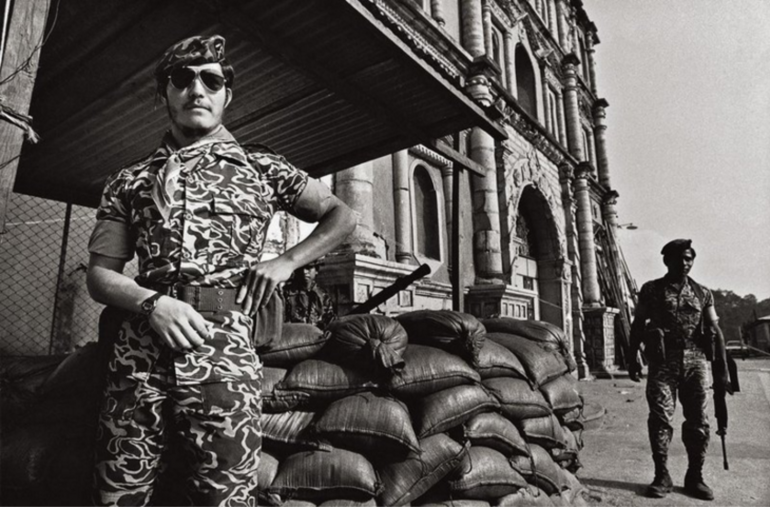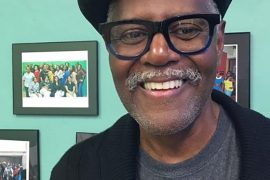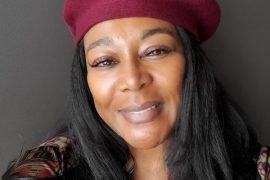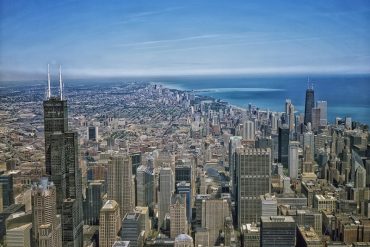Photography allowed me to try to find out the why of things. As an artist I don’t just accept things, I never say: It’s good enough. I celebrate them. Art raises up everything, it raises the human condition. Everyone is elevated, everyone wants to rise to the next level of understanding.
There is always a way to cover what you want to cover, but you need to do the research and understand, as well as you can, what the situation will be when you get there. Try not to judge; try to understand the people in the country you are covering.
Accept people for who they are as human beings. Of course you have to be cautious, listen to people who have been there. Figure out where you will land. Bullets don’t distinguish between good and bad. When I was in Beirut, I kept my eyes wide open and my mouth shut. Remember the people who are living in the conflict zone have it much worse then you do, you can leave, they cannot. You must make a serious commitment to the truth.
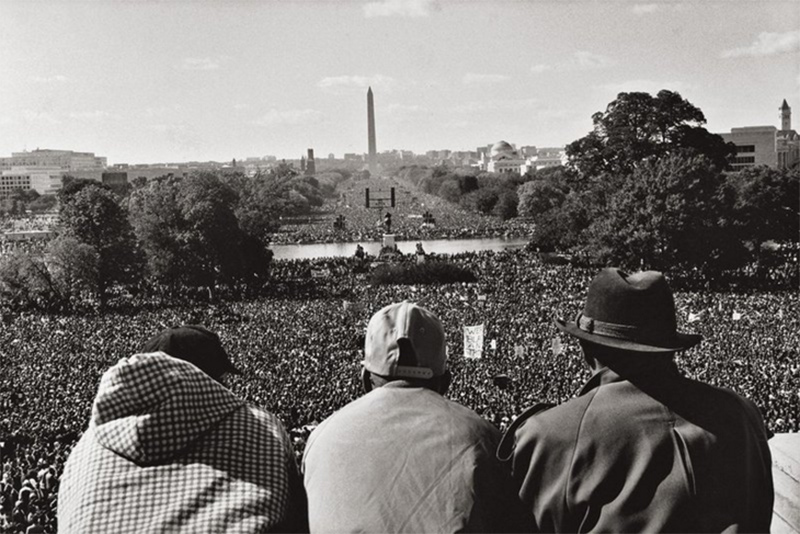
Reed grew up during the Civil Rights Movement and was acutely aware of the racism, subtle and otherwise, that affected the lives and opportunities of his parents, his friends and his own. Images in the pages of Life and Look magazine taken by Magnum photographers and other photojournalists inspired Reed by documenting those brave people who were challenging the status quo.
“I was always observing,” Reed says. “There were moments of incredible horror, or incredible beauty, and they stick with you. I had a lust to see and understand the world, how people endure what they have to endure. I wanted to see beyond the obvious.”
While working for the San Francisco Examiner newspaper Reed turned his camera to the crisis in Central America. There, he created the body of work that lead to joining Magnum in 1981. That year he was also recognized as a Pulitzer Prize finalist for a series of images shot in the housing project “The Pink Palace,” published by the Examiner.
In 1982, he was invited to be a Nieman Fellow at Harvard University, where he studied political science and urban affairs. He also spent four months of that time in Lebanon, covering the daily life of citizens under the relentless pressure of conflict. Over the course of five years, Reed returned periodically to Beirut, during which he was kidnapped when mistaken for a militant known as the black “Rambo.” His body of work from that experience became his first book, Beirut: City of Regrets.
Reed’s Portfolio in Smithsonian Magazine


